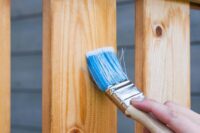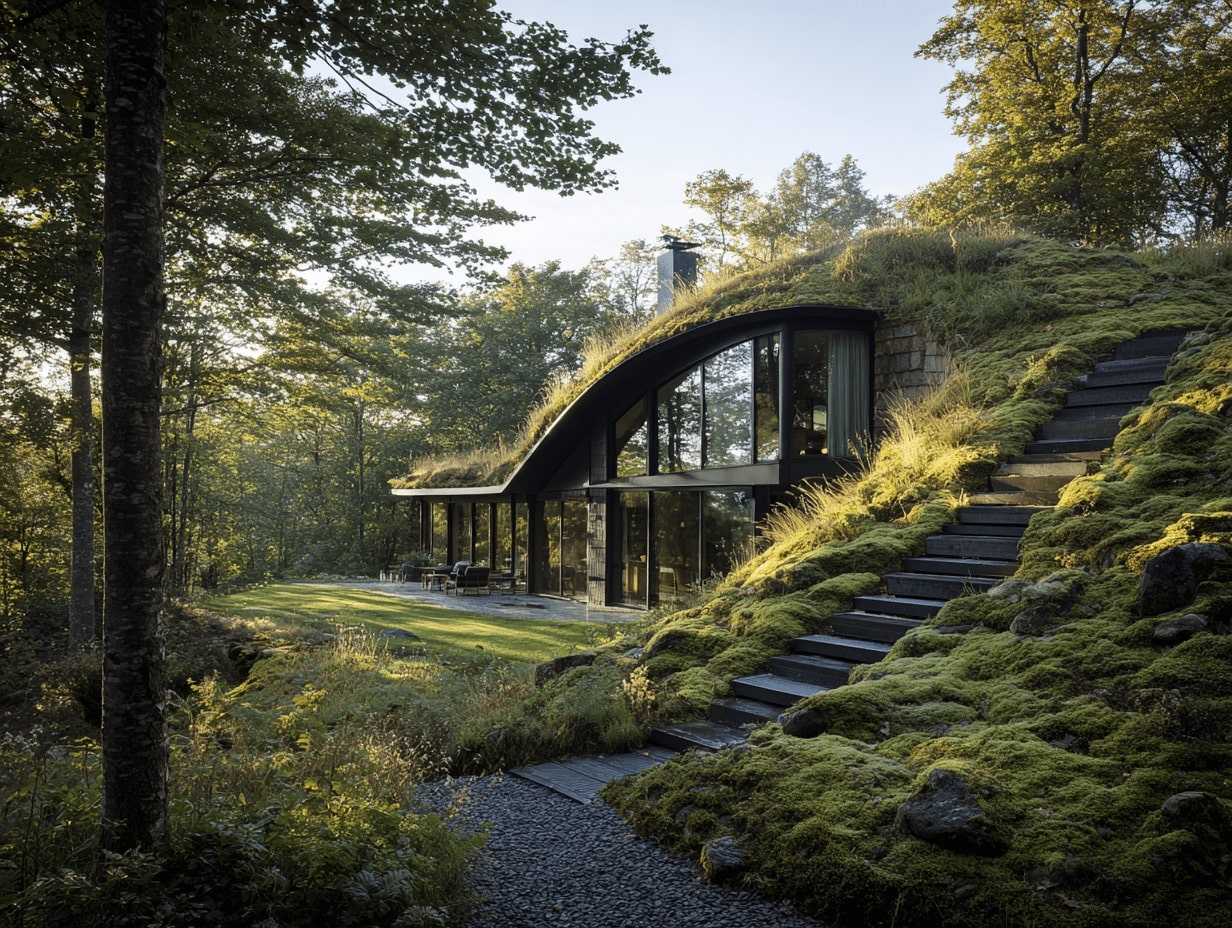- Home
- Articles
- Architectural Portfolio
- Architectral Presentation
- Inspirational Stories
- Architecture News
- Visualization
- BIM Industry
- Facade Design
- Parametric Design
- Career
- Landscape Architecture
- Construction
- Artificial Intelligence
- Sketching
- Design Softwares
- Diagrams
- Writing
- Architectural Tips
- Sustainability
- Courses
- Concept
- Technology
- History & Heritage
- Future of Architecture
- Guides & How-To
- Art & Culture
- Projects
- Interior Design
- Competitions
- Jobs
- Store
- Tools
- More
- Home
- Articles
- Architectural Portfolio
- Architectral Presentation
- Inspirational Stories
- Architecture News
- Visualization
- BIM Industry
- Facade Design
- Parametric Design
- Career
- Landscape Architecture
- Construction
- Artificial Intelligence
- Sketching
- Design Softwares
- Diagrams
- Writing
- Architectural Tips
- Sustainability
- Courses
- Concept
- Technology
- History & Heritage
- Future of Architecture
- Guides & How-To
- Art & Culture
- Projects
- Interior Design
- Competitions
- Jobs
- Store
- Tools
- More
Integrating Sustainable Design Into HOA Renovations: A Guide for Charlotte Communities

In recent years, sustainability has become a priority for many homeowners and community associations. As the world faces increasing environmental challenges, integrating sustainable design into Homeowners Association (HOA) renovations is not just a trend—it’s a responsible and forward-thinking approach that benefits the environment, residents, and the community at large. For Charlotte communities, adopting sustainable practices in renovations can create long-term value, reduce maintenance costs, and foster a sense of pride in the neighborhood.
This guide will explore how Charlotte HOAs can successfully integrate sustainable design into community renovations, from energy-efficient upgrades to eco-friendly materials and landscaping. We’ll also discuss how Kuester HOA Management Company can help communities navigate these projects, providing support to ensure that renovations align with both environmental goals and community standards.
Table of Contents
ToggleWhy Sustainable Design Matters for HOAs
Sustainable design in HOA renovations isn’t just about reducing environmental impact—it’s about creating healthier, more efficient, and long-lasting spaces for residents. Here’s why sustainable design should be a top priority for HOA management:

- Environmental Responsibility
Sustainable design minimizes the environmental footprint of construction projects. Whether through energy-efficient building materials, reducing waste, or utilizing renewable resources, sustainable renovations contribute to a cleaner, greener planet. By prioritizing eco-friendly upgrades, HOAs can play an important role in promoting environmental responsibility in their communities. - Cost Savings
While sustainable renovations may have higher upfront costs, they often result in long-term savings. For example, installing energy-efficient lighting and appliances, upgrading insulation, or implementing water-saving fixtures reduces utility bills over time. Additionally, using durable, low-maintenance materials can help lower repair and replacement costs in the future. - Enhanced Property Value
Eco-friendly communities are increasingly in demand. Potential buyers and renters are often willing to pay more for homes and properties in neighborhoods that prioritize sustainability. By integrating sustainable design into common areas and community spaces, an HOA can increase property values and attract environmentally-conscious residents. - Improved Resident Well-being
Sustainable design doesn’t just benefit the environment—it also improves the quality of life for residents. Features such as better air quality, natural lighting, and outdoor green spaces contribute to the health and well-being of those living in the community. Sustainable renovations can create more enjoyable, healthier, and livable spaces for everyone.
Key Areas for Sustainable Design in HOA Renovations
There are many ways to integrate sustainability into HOA renovation projects. Below are several key areas where sustainable design can make a significant impact:
1. Energy-Efficient Upgrades
Energy-efficient upgrades are one of the most common and impactful ways to improve sustainability in a community. HOAs can consider incorporating energy-efficient elements into common areas, such as:
- LED Lighting: Replacing traditional incandescent lighting with energy-efficient LED bulbs can drastically reduce electricity consumption and costs.
- Solar Panels: Installing solar panels on community buildings or even individual homes can reduce reliance on non-renewable energy sources and lower utility bills.
- Energy-Efficient HVAC Systems: Upgrading heating and cooling systems to more energy-efficient models reduces energy use and improves comfort within community spaces.
These upgrades not only make the neighborhood more sustainable but also offer long-term savings in energy costs.
2. Water Conservation
Water conservation is another important aspect of sustainable design. There are several ways HOAs can promote water efficiency in their community:
- Drought-Tolerant Landscaping: By selecting native plants and drought-resistant species for landscaping, the HOA can reduce water usage and maintenance costs.
- Smart Irrigation Systems: Installing irrigation systems that use weather data or moisture sensors ensures that water is only used when needed, preventing overwatering.
- Water-Efficient Fixtures: Replacing old toilets, faucets, and showerheads with low-flow alternatives reduces water consumption in both common areas and residents’ homes.
These changes can make the community more resilient to water scarcity while helping to lower water bills for everyone.
3. Eco-Friendly Materials
The choice of materials used in renovations plays a significant role in the sustainability of the project. When renovating common areas or community structures, HOAs should consider using sustainable, low-impact materials. Some options include:
- Recycled Materials: Incorporating recycled materials, such as reclaimed wood or recycled metal, into construction or landscaping projects helps reduce waste and the need for virgin materials.
- Sustainable Wood Products: Choosing certified wood products, like those from the Forest Stewardship Council (FSC), ensures that the wood is harvested sustainably and responsibly.
- Green Roofing: Installing green roofs or using eco-friendly roofing materials can reduce energy costs, improve insulation, and provide green space for residents.
By choosing eco-friendly materials, HOAs can reduce the environmental impact of renovations and contribute to a more sustainable built environment.
4. Stormwater Management
Proper stormwater management is an important part of sustainable design, especially in areas like Charlotte, where heavy rainfall is common. Effective stormwater management helps prevent flooding, protects water quality, and reduces the environmental impact of runoff. Solutions to consider include:
- Permeable Paving: Using permeable materials for driveways, walkways, and parking areas allows rainwater to soak into the ground rather than running off into storm drains, which can overwhelm the system.
- Rainwater Harvesting Systems: Installing rainwater harvesting systems can collect runoff water, which can then be used for irrigation or other non-potable purposes.
- Bioswales and Retention Ponds: These landscape features help manage stormwater by allowing water to be absorbed into the soil or slowly released into the drainage system.
These systems help protect the environment and improve the overall sustainability of the community.
5. Community Green Spaces
Creating green spaces in common areas not only contributes to sustainability but also enhances the overall livability of the community. HOAs can design or renovate outdoor areas such as parks, playgrounds, and walking trails to include:
- Native Plants and Trees: Using native plants in landscaping reduces water use and promotes biodiversity.
- Community Gardens: A community garden can promote local food production and offer residents a space to connect with nature.
- Green Spaces for Relaxation: Providing open, green spaces where residents can relax, exercise, or socialize promotes a healthier lifestyle.
These spaces foster a sense of community while promoting environmental stewardship and enhancing residents’ quality of life.

How HOA Management Can Facilitate Sustainable Renovations
Integrating sustainable design into renovations requires careful planning and coordination. An experienced HOA management company can help facilitate these projects by:
- Providing Expertise
HOA management companies can offer expertise on sustainable practices and help homeowners and the board make informed decisions about the best renovations to pursue. They can also provide guidance on which contractors specialize in eco-friendly design and construction. - Managing Budgets and Timelines
Sustainable renovations can sometimes come with higher upfront costs. HOA management companies can help ensure that projects stay within budget by prioritizing key renovations and finding cost-effective solutions. They also help keep projects on track, ensuring that the community’s goals are met on time. - Coordinating with Contractors and Vendors
A professional HOA management company can leverage their relationships with contractors and vendors to secure discounts and bulk rates on materials and services. This can significantly reduce costs, making sustainable renovations more affordable for the entire community. - Communicating with Residents
Communication is essential for any renovation project. HOA management companies can keep residents informed about ongoing projects, timelines, and the benefits of sustainability, ensuring that everyone is on the same page.
Conclusion
Integrating sustainable design into HOA renovations is an investment in the future of the community. From energy-efficient upgrades to water conservation and eco-friendly materials, there are many ways to create a greener, more sustainable environment. By working with an experienced HOA management company, Charlotte communities can ensure that their renovation projects are not only environmentally responsible but also cost-effective and beneficial for residents.
illustrarch is your daily dose of architecture. Leading community designed for all lovers of illustration and #drawing.
Submit your architectural projects
Follow these steps for submission your project. Submission FormLatest Posts
Sustainable Solutions in Contemporary Architecture: From Passive Design to Clean Energy
Sustainable solutions in contemporary architecture: a practical playbook to hit net-zero, cut...
Sustainable Coastal Construction: Building Resilience Where Land Meets Sea
Sustainable coastal construction expert guide: plan, design, and build resilient shorelines with...
Architecture of Climate: Designing for Heat, Cold, and Storms
Architecture of climate: a practical guide to designing for heat, cold, and...
Sustainable Home Design Starts Underground: The Overlooked Role of Septic Systems
When we think of sustainable home design, most people picture solar panels,...












Leave a comment